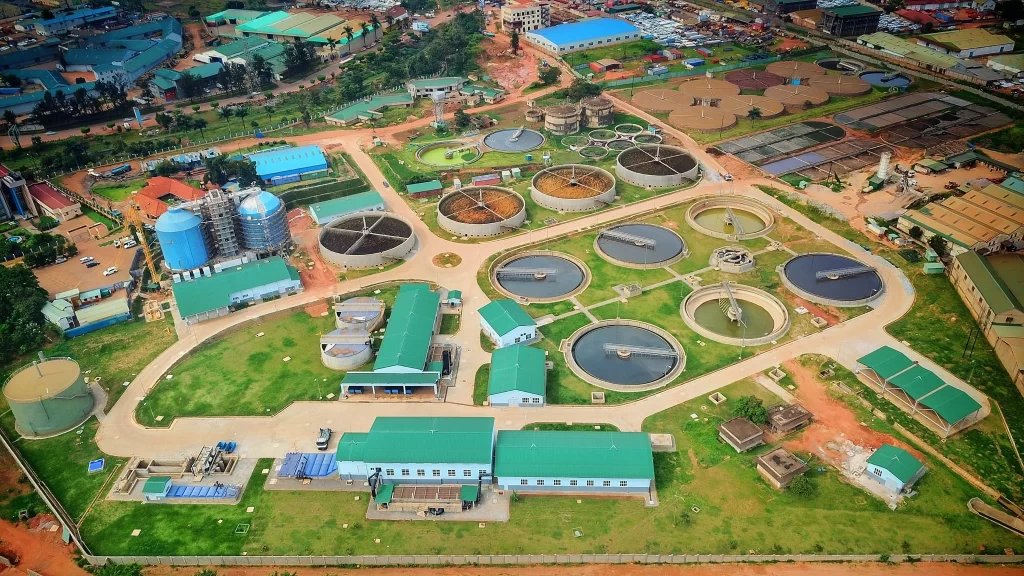
Inadequate wastewater treatment refers to the scarcity or substandard processes and infrastructure in place to treat and manage wastewater before its release into the environment. It encompasses the absence or limited implementation of effective treatment technologies, insufficient capacity of treatment facilities, or improper management practices that fail to adequately remove harmful chemicals or pollutants from wastewater.
The consequences of inadequate wastewater treatment in Uganda are far-reaching, posing significant risks to public health. Therefore, it is crucial to address this issue through the application of different treatment techniques.
One of the primary challenges lies in the lack of wastewater treatment plants or the inadequate capacity of existing facilities to handle the enormous volumes of wastewater generated. Consequently, untreated or partially treated wastewater is often discharged into water bodies without meeting quality standards.
Additionally, the absence of treatment processes that effectively remove pollutants and organic matter further exacerbates the problem. Inadequate or malfunctioning filtration, disinfection, or sedimentation processes contribute to the persistence of contaminants in wastewater.
Furthermore, inadequate maintenance and operation of treatment infrastructure can result in reduced efficiency and suboptimal performance. Factors such as a lack of technical expertise, insufficient funding, or limited access to required resources and equipment contribute to this issue.
The implications of untreated or partially treated wastewater extend beyond the wastewater system itself. When such water is used for irrigation or in agriculture, it can contaminate crops and food products. Consuming contaminated food can lead to various illnesses, including gastrointestinal infections and parasitic diseases.
Also note that inadequate wastewater treatment can contaminate drinking water sources, particularly in areas where communities rely on shallow wells or surface water. This contamination introduces harmful bacteria and significantly compromises the safety of drinking water supplies, thereby increasing the risk of waterborne diseases such as cholera, typhoid, and dysentery for humans.
Resolving these public health risks requires an emphasis on improving wastewater treatment infrastructure and implementing proper treatment processes. Constructing and maintaining wastewater treatment plants, establishing sewage disposal systems, promoting safe water reuse practices, and raising public awareness about the importance of proper sanitation and hygiene practices are key measures that need to be taken.
Raising awareness among the public about the significance of proper sanitation and hygiene practices, while highlighting the risks associated with inadequate wastewater treatment, can encourage behavior change and improve overall public health.
Developing and implementing appropriate sewage disposal systems, including sewer networks and septic tanks, can effectively contain and treat wastewater, thus reducing the risk of contamination.
Collaboration with government agencies, non-governmental organizations, and local communities is vital in mitigating the risks associated with inadequate wastewater treatment in Uganda. By working together, these stakeholders can leverage their expertise, resources, and influence to bring about positive change.
By implementing these measures, Uganda can significantly reduce the public health risks associated with inadequate wastewater treatment, thereby improving the overall well-being of its population. Ensuring access to clean water, protecting the environment, and safeguarding public health are fundamental priorities that require immediate attention and concerted efforts.


